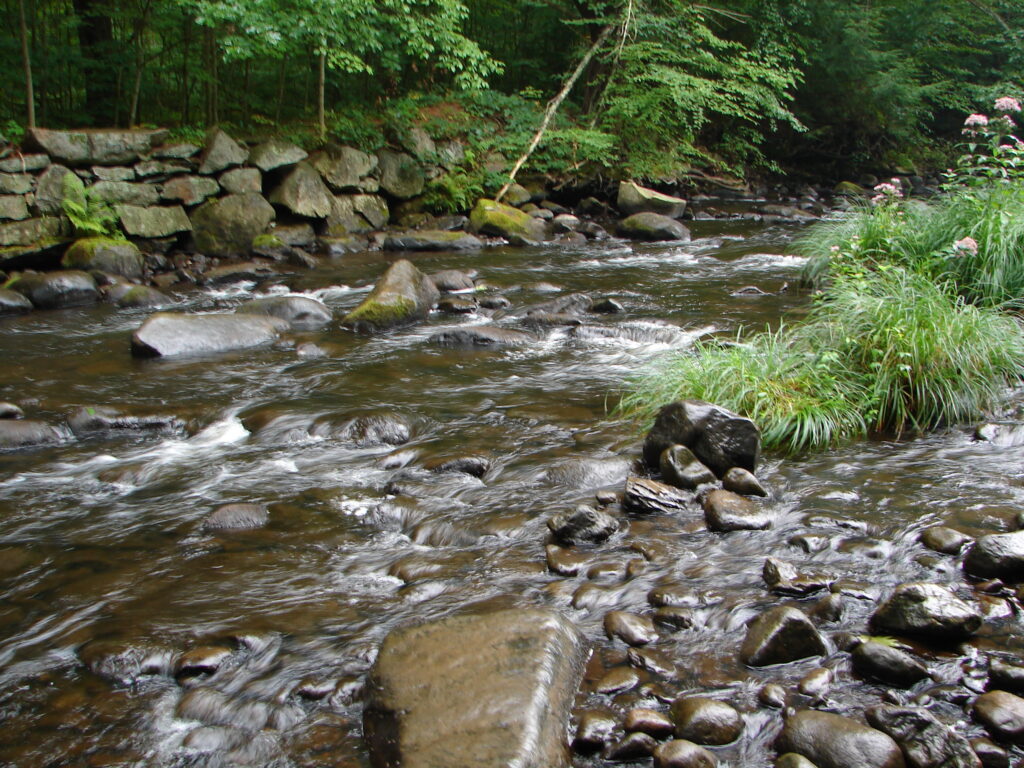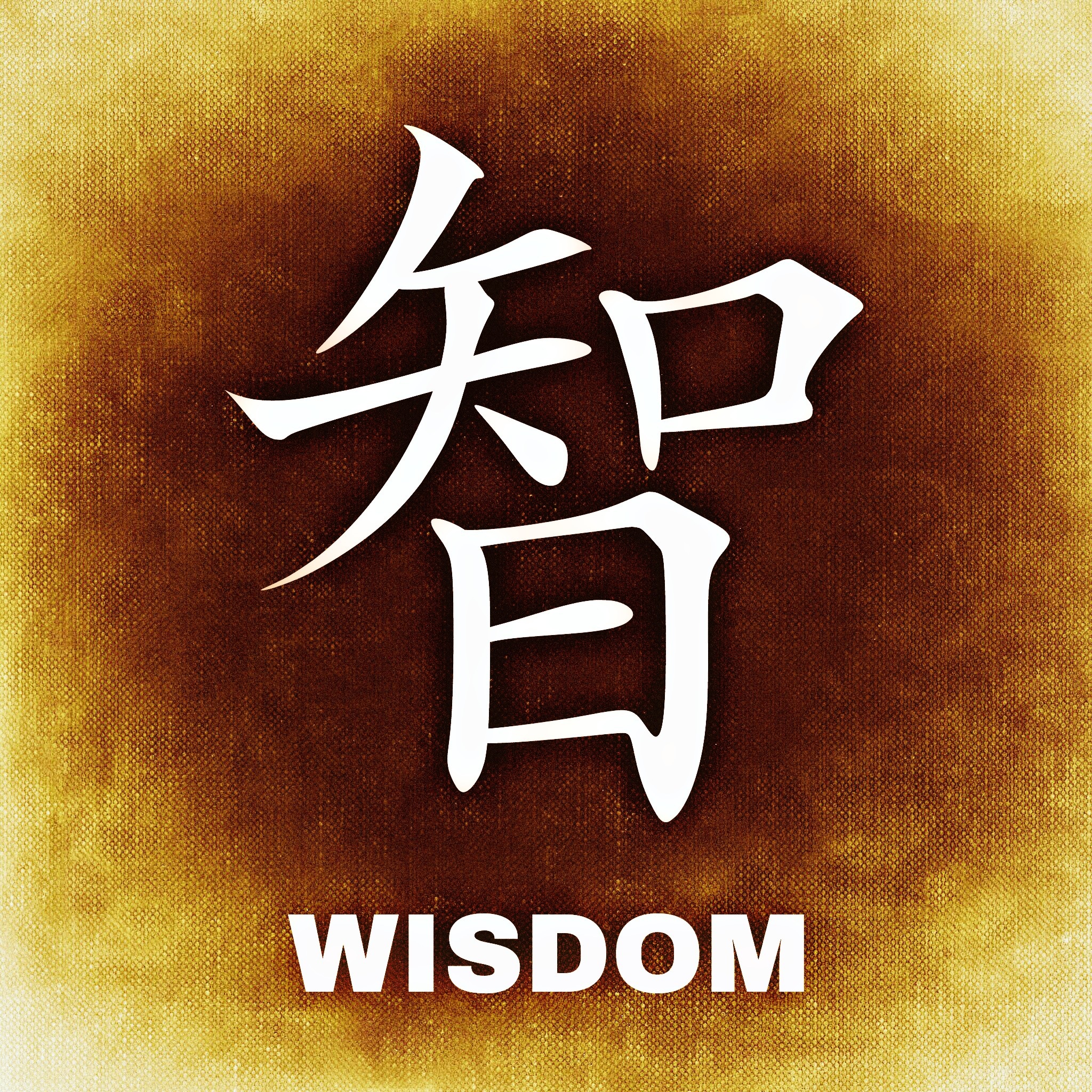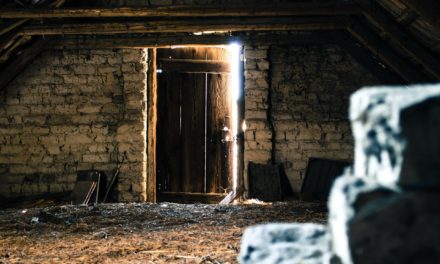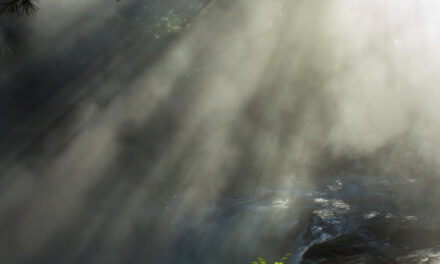I have spent a great deal of time exploring the nooks and crannies of every inch of the seven-mile Quinapoxet River in central Massachusetts near where I live. This river has been a part of my life for sixty years. For several years as an adult I went there every Sunday morning at dawn while the rest of my family was sleeping, often returning by ten o’clock before they were awake.
If I missed my appointment with my river my soul ended up feeling dehydrated. I loved its very ordinariness. It is like many rivers in every community across our country. I could explore it, walk its shoreline, wade its entire length and not feel overwhelmed. The river and I became soul mates. I felt we came alive together. I sought her wisdom which she freely shared especially after she came to trust that I was going to continue to be there on schedule.
At home when I meditate, I usually focus on the breath but when I am here, I alter that process. After a brief time focused on breath, I switch to simply taking in what the river offers. She tells me stories. She shares her mood, flow, and spirit. Most especially, she shares her symphony of sound. Like so many humans, I rely primarily on my vision to take things in. When meditating on her shores with eyes closed, hearing becomes the primary mode of perception. The first time I did this I was astonished with the way the sound rose up to meet me.
The most immediate discovery is that the river does not make one sound. Everywhere there is a multitude of vibrations. To really hear all of this I need to sit silently and quiet the incessant internal chatter of what the Buddhist like to call ‘the monkey mind.’ The more successful I am at this the more I can hear. Stillness is a remarkably good nonmechanical hearing aide. Individual particular vibrations become increasingly distinct. What once seemed to be a single rather monotonous hum of rushing water becomes a variety of sounds, notes, and conversations.
As I sit at the falls shown here it feels as though I am in a café and there are dozens of conversations going on at every table, rock, depth, swirl, and counter. Each chat has its own cadence, volume, and pattern of nonstop small talk. If I listen without being really present it is just a big hum. But as I focus, I hear the water swish enthusiastically between two large boulders in the middle. In another corner of the flow there is a different sound emerging. Water is rolling over the rock with a repeated very regular splashing, a deep throated plunking and splattering. As I continue to breathe and relax into the sound multiple rhythms arise. My souls listens in amazement to all of it.

Four or five feet downriver the water begins to swirl in several directions with a sound from each eddy. This is a deeper pool frequented by people fishing, but here the image transforms from simple chatting to a symphony orchestra with each current being a different instrument section. What originally seemed to be one unified monotone hiss becomes a fascinating multifaceted phenomenon. One section reminds me of a deep resonate cello gracefully flowing through a series of notes. The more I slow down and the quieter I become the more real, distinct, and beautiful each instrument and section becomes.
A hundred or so yards downstream the river widens and grows shallow. The river scurries over and around the rocks of various sizes. Here the sound is shallow, tinny, higher pitched. Numerous rat-a-tats banter back and forth seeming to mock the symphony. Here it is more like fife and drum marching George Washington and the Continental Army home from war.
The river flows not only with water but also with sound. The sound is its liquid music flowing through in syncopated rhythm and never-ending variations within choruses within movements. It has been said that for a poem to be fully experienced it must be heard. This is true also of a river. In this way, the river becomes a poem along with the symphony.
For me this connects to the symphonies of the heavens and to the sacred sound of OM which is so central in Hindu, Jain, and Buddhist traditions. OM is considered to be the primordial sound made by Divine Consciousness during creation. When I first read of this, I thought it was a sort of quaint story like God in the Hebrew Bible creating the cosmos in 168 hours. But as I listened, I began to get it. Om is sound that is the resonance of the cosmos. The sound of my river captures some of the vibration of Om as it plays its masterpiece joining with the symphony of the spheres.
NASA has developed a technology to ‘listen’ to the stars and planets. The process of ‘asteroseismology’ translates the light on planets and stars into electromagnetic vibration which is interpreted as sound. Samples can be accessed on YouTube.com. NASA does this more directly with planets, having sent a probes to each one. There are two or three hours of tapes from each planet. Unfortunately, one of the narrators refers to the sound as “chilling,” ‘frightening,” and “weird.” When, oh when, will humans stop describing things that are different as somehow dangerous? Perhaps the commentator would not be satisfied unless the classical compositions of Holtz were heard. The sounds seemed similar to the hiss of my river when casually listened to without quieting my inner chatter. In addition, they are remarkably reminiscent of recording of Tibetan Monks meditating and chanting Om which can go on for hours.
My river is singing in harmony with the heavens. Both the river and the cosmos have become my companions.

All images by C. Graham Campbell







So good. I believe the sounds of rocks and waters are some of the clearest evidence we have that the universe is ultimately benevolent spirit.
I am reminded of Dr. Campbell’s statement in his book “An Ordinary Childhood” when he wrote that, “Writing takes me into deeper places in my life.” This article demonstrates that those places are even deeper than the river.